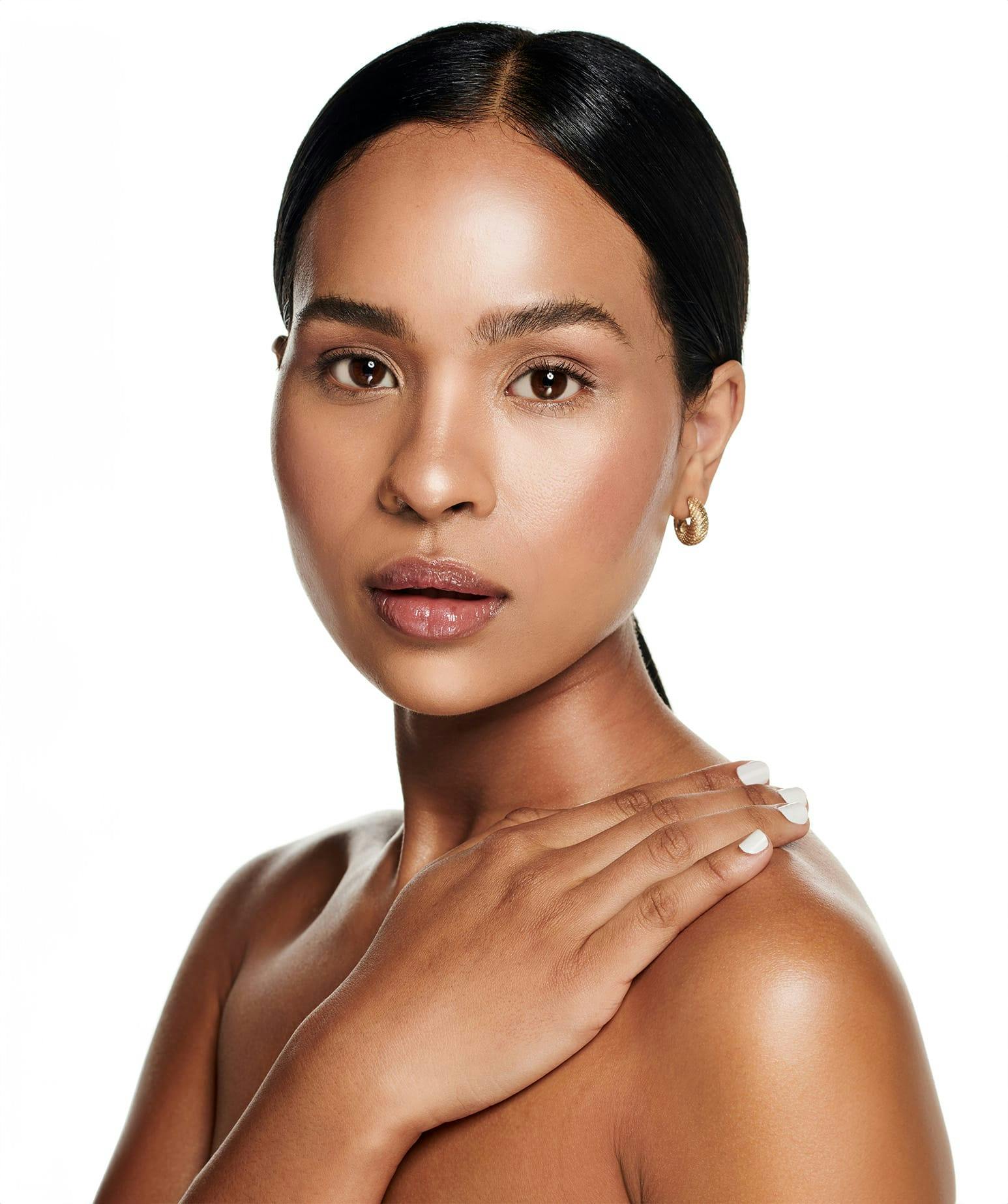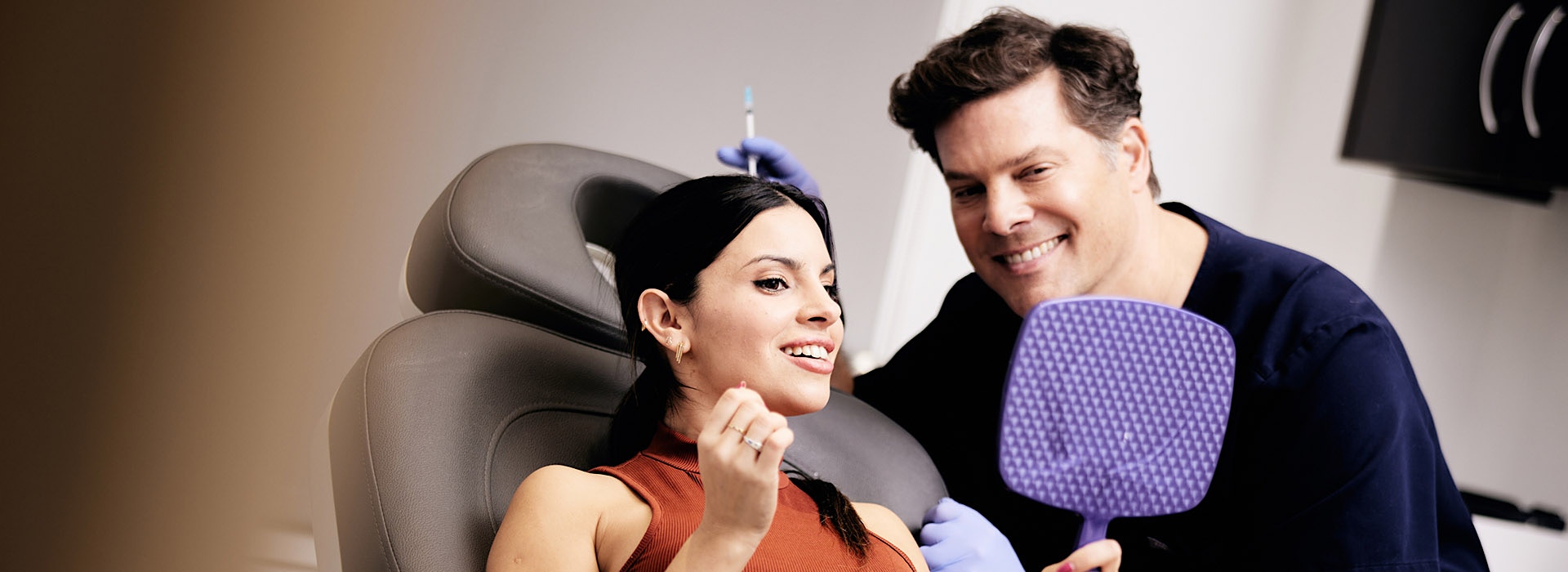Are Sun Spots Dangerous? Cancerous?
It is true that regular sunspots are not dangerous, and do not require treatment. Some sunspots can resemble cancerous growths so it is important to know what you are looking for. Always seek out the advice of your doctor or trusted dermatologist for spots that are growing or changing over time. Dr. Westreich can neatly remove moles, and raised brown spots or other skin growths from your body without leaving noticeable marks. Although not cancerous and physically innocuous, sunspots are unattractive and take away the natural beauty found in have evenly colored skin.





